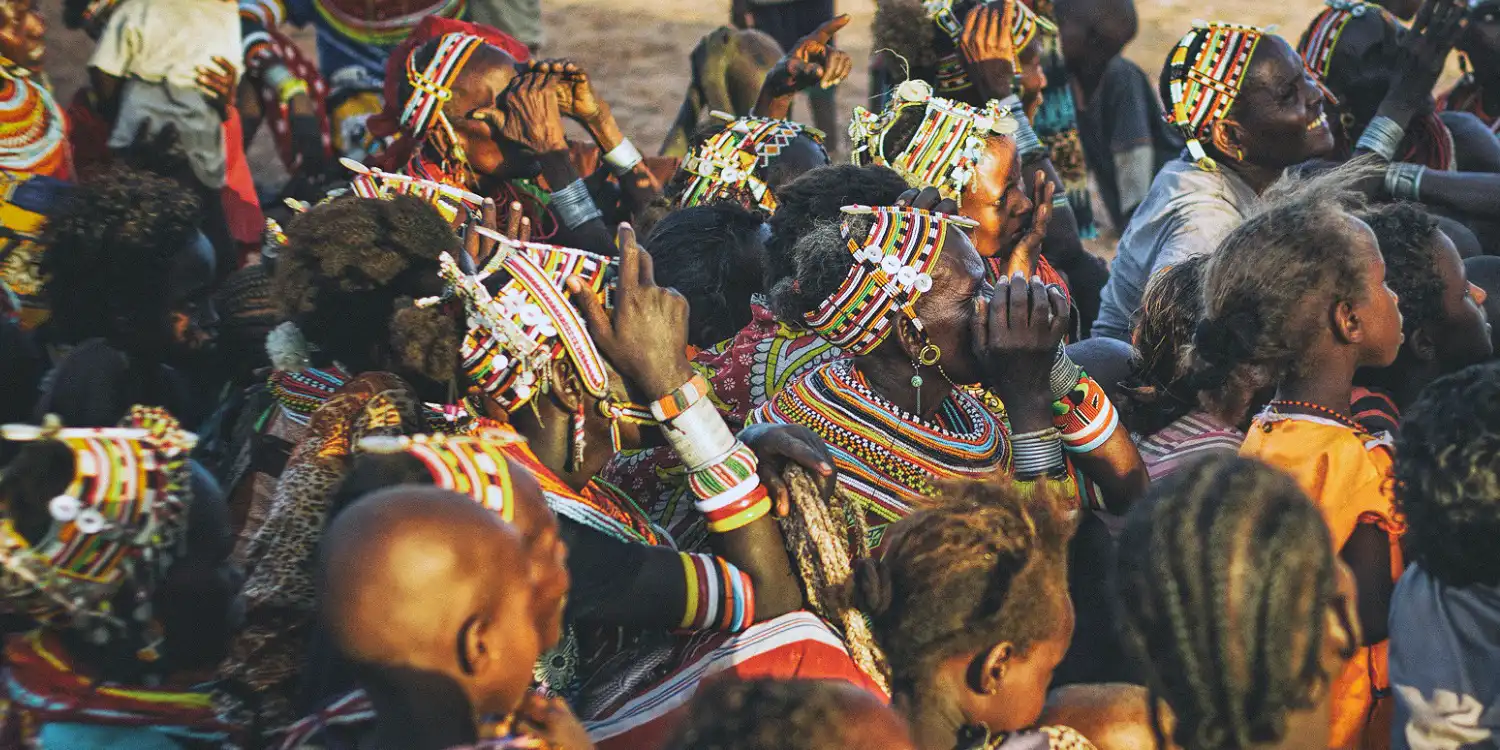Exploring Indigenous Cultures Around the Globe: A Journey Through Tradition and Heritage
Exploring indigenous cultures around the globe offers a fascinating glimpse into the diverse traditions and ways of life that have shaped humanity for centuries. From the Amazon rainforest to the Arctic tundra, indigenous communities preserve ancient practices, languages, and beliefs that connect them to their ancestral lands.
Through this guide, we’ll embark on a journey to uncover the beauty, resilience, and wisdom of indigenous cultures while emphasizing ways to travel responsibly and respectfully.
Why Exploring Indigenous Cultures Matters
Indigenous cultures hold a wealth of knowledge about sustainable living, spirituality, and human connection to nature. By exploring and supporting these communities, travelers can:
- Gain Unique Insights: Experience traditions and stories passed down through generations.
- Support Local Communities: Contribute to the preservation of heritage and the well-being of indigenous people.
- Foster Cultural Understanding: Break down stereotypes and promote global unity.
Iconic Indigenous Cultures to Explore
1. The Maasai People (Kenya and Tanzania)
Why Visit the Maasai?
Known for their vibrant red clothing, intricate beadwork, and semi-nomadic lifestyle, the Maasai people are iconic representatives of East African culture.

- Cultural Highlights: Witness traditional dances and ceremonies.
- Learn about their cattle-herding lifestyle and spiritual connection to the land.
- Responsible Travel Tip: Support community-led initiatives such as village tours or beadwork cooperatives.
2. The Inuit (Arctic Regions)
Why Visit the Inuit?
The Inuit are masters of survival in one of the planet’s harshest environments. Their knowledge of ice, wildlife, and navigation is unparalleled.
- Cultural Highlights: Experience igloo building and dog sledding.
- Discover traditional Inuit art, such as soapstone carvings and throat singing.
- Best Locations: Greenland, Canada, and Alaska.
3. The Aymara and Quechua Peoples (South America)
Why Visit the Andes?
These indigenous groups are deeply connected to the Andean highlands, where they maintain ancient agricultural practices and spiritual traditions.
- Cultural Highlights: Participate in Pachamama (Mother Earth) ceremonies.
- Explore vibrant textiles and handwoven garments.
- Best Locations: Lake Titicaca (Bolivia and Peru).
4. The Aboriginal Australians (Australia)
Why Visit Aboriginal Communities?
The Aboriginal people are the world’s oldest continuous culture, with a history spanning over 60,000 years.
- Cultural Highlights: Learn about Dreamtime stories and rock art.
- Participate in guided walks led by Aboriginal elders.
- Responsible Travel Tip: Engage with organizations that support indigenous land rights.
5. The Māori (New Zealand)
Why Visit the Māori?
The Māori culture is a cornerstone of New Zealand’s identity, celebrated for its traditions of storytelling, dance, and craftsmanship.
- Cultural Highlights: Watch a traditional haka performance.
- Explore Māori carvings and artwork.
- Best Locations: Rotorua and the Bay of Islands.
How to Explore Indigenous Cultures Respectfully
1. Research Before You Go
Learn about the customs, taboos, and history of the community you’re visiting. This ensures your actions are respectful and informed.
2. Choose Ethical Tours
Opt for community-led initiatives and tours that directly benefit indigenous groups.
3. Ask for Permission
Before taking photos or participating in rituals, always seek consent to ensure you’re not violating cultural boundaries.
4. Support Local Businesses
Purchase handmade crafts, food, or services from indigenous artisans to contribute to their livelihoods.
5. Be an Active Listener
When engaging with locals, approach with curiosity and humility. Listen to their stories without imposing your views.
Challenges Faced by Indigenous Communities
Understanding the challenges faced by indigenous people deepens your appreciation for their resilience and helps you become a more conscious traveler. Key challenges include:
- Land Displacement: Many indigenous groups face threats to their ancestral lands.
- Loss of Language: Efforts to preserve endangered languages are vital for maintaining cultural identity.
- Climate Change: Indigenous communities are often on the frontlines of environmental change.
Benefits of Supporting Indigenous Tourism
- Cultural Preservation: Tourism provides funding to sustain traditional practices and knowledge.
- Economic Growth: It offers income opportunities that empower communities.
- Environmental Conservation: Indigenous groups often lead conservation efforts that benefit the planet.
Final Thoughts: Exploring Indigenous Cultures Around the Globe
Exploring indigenous cultures around the globe is a transformative experience. It’s an opportunity to connect with humanity’s roots, appreciate diversity, and contribute to the preservation of ancient traditions. By traveling responsibly, you not only enrich your own understanding but also play a part in safeguarding the heritage of these remarkable communities for future generations.
So, pack your curiosity, respect, and a sense of adventure—and embark on a journey that celebrates the world’s indigenous treasures.
